On Issues of Representation
By Grisel Acosta
Bronx Community College’s Hall of Fame, for me, was one of the deciding factors when faced with multiple job opportunities in New York City. Before I returned from earning my Ph.D. at The University of Texas at San Antonio, I knew that working in the City University of New York system was a desirable option for me. I was offered a position at Kingsborough Community College, which I loved for its innovative programs, and I was offered a position at Queensborough Community College, which I loved because it has a journalism program, and I did, ultimately, work there for a year. However, because I lived in the Bronx and had taught there for several years prior to returning to the New York area, when I was offered a position at Bronx Community College, I seriously considered it. I knew the work would be challenging, I knew the resources might not be as abundant, but I also knew that the foundations of an institution—the space a place inhabits—largely decide the energy that will also inhabit that space. The Hall of Fame, the very first of its kind which gave birth to a variety of world-wide reproductions in specialized forms, the historic buildings and the inspiring tone they imparted on the campus were the aspects of BCC that made my decision for me. Not only had I worked with Bronx students and faculty for nearly a decade, I loved the BCC campus. It is gorgeous. The fact that these stately buildings were the remnants of a formerly bankrupt New York University only made the story better, in my eyes. This was a space I wanted to be in, to get to know, and to share with my students. I forfeited a year I had already worked toward tenure to move from QCC to BCC. That is how strongly I felt about the students and the campus. I knew there was/is something special here.
My first few days at BCC, I spent looking at the busts in the Hall of Fame. There were several I was happy about, and some I wasn’t so happy about, and some I wondered about. Who were some of these folks and why was I supposed to consider them relevant? In the end, just because someone in the past has decided a person is relevant, that does not make it so for today’s population. I was not surprised about feeling upset that nearly all the busts are of white men. I expected to see that kind of collection, just as before President Obama was sworn in, we all simply expected our next president to be a white male. How much can change in eight short years. Despite that expectation, I knew that this Hall of Fame could be used to inspire the students, just as it was inspiring me, regardless of its bigoted stance on history. What some might initially think to do is find a person of color, such as the writer Octavia Butler, and use her breadth of work to connect students to a person in the Hall of Fame who exhibited similar writing traits, such as Poe (who also worked in the supernatural, the gothic, and horror). However, that would be a shallow way of exhibiting the same bigotry that we already have to face when looking at the narrow view the Hall of Fame currently exhibits. It is not innovative to use a black body to make a dead white body relevant. It is more relevant and innovative to reshape the face of our Hall of Fame so that it may incorporate what is truly relevant to our students, faculty, campus, and city.
For that reason, within my first year at BCC, I contacted folks in charge of the Gould Memorial Library and the Hall of Fame in order to see what needed to happen in order to introduce new busts. I was not given much information, just the message that BCC had no money to do such things. I understood BCC’s monetary situation before I reached out, and also knew that where there is a vision, money can easily follow if we are able to convince folks of that vision. Instead of trying to convince the person who didn’t get where I was coming from, I decided to do some research on the Hall of Fame and see if I could find its Board of Trustees. I did find out that only the Board can approve of new busts being made, even if someone else comes up with the money to make them, but no matter how hard I tried, I could not find the Board. To this day, I have no idea who would vote on such a decision, which is not as transparent as I think the matter should be. Then, through an old newspaper article, which explained the process of bust approval—which came under question many times because some Board members were known to recommend their friends or business associates, people who would not necessarily be relevant at all to future generations—I learned that my vision would likely not come to fruition.
Let me explain. When I walked through the Hall of Fame for maybe the 10th or 11th time, I saw the vision that excited me so. I knew what it needed, what BCC students needed, what BCC faculty needed. I saw it happening before me as if it were a virtual reality film that I was engulfed in. There, to my left was Supreme Court Justice Sonia Sotomayor, and someone unveiling her bronze bust, and all the Black and Latinx students and faculty applauding her, and to my right was a representative from the estate of Supreme Court Justice Thurgood Marshall, and someone unveiling his bronze bust, and all the Black and Latinx students and faculty applauding him in memoriam, and in front of me was (at this point former) First Lady of the United States Michelle Obama making a speech about this important and historic event (I know, she’s a busy Lady, but I like to visualize big), and how the entire Bronx community would be able to make this Hall of Fame truly its own by having the Justice Sotomayor, one of the Bronx’s own, represented there, and how the larger U.S. community could also celebrate her and Justice Marshall’s place there, and celebrate the life of one of our most important Black leaders and one of our most important new Latinx leaders. But that vision cannot happen based on the rules of this seemingly invisible and impossible to find Board of Trustees. According to the rules laid out in this old article, anyone inducted into the Hall of Fame has to be dead for 25 years. In other words, I will likely be dead before Justice Sotomayor, who I consider extremely relevant, can even be suggested for adoption into the Hall of Fame. As I said, these rules have been changed and adjusted by Trustee members at times, but if we don’t know who they are, how can we even broach the subject?
The 25 years dead rule exists, in theory, to ensure that only someone who has remained relevant after 25 years will be placed in this “permanent” Hall. The truth is that everything crumbles, and the reality is that we all already know that as the first Black Supreme Court Justice, Thurgood Marshall, of course, deserves to be commemorated in this way. A little known fact is that we have a Thurgood Marshall Law Room in BCC’s new library, but folks rarely call it the Thurgood Marshall Law Room, despite his aptly side-eyed portrait gracing the main wall of the room. His Hall of Fame bid can come up in 2018. Similarly, as the first Latina Supreme Court Justice, we know Sonia Sotomayor deserves to be commemorated in this way. Furthermore, such a commemoration would create the kind of buzz on BCC’s campus that would not only make the Hall of Fame relevant to our students—in a way that is much deeper than convincing them that dead white men mean something to them—but also relevant to the world. This would be a historic event that would generate worldwide coverage. It would create interest about our campus and that generates dollars in the form of more incoming students and more investors. We have been struggling with finding funders to help us preserve Gould Memorial Library, a historic monument; such an event would draw folks interested in preserving the Tiffany-windowed space, too. I am not saying that President Kennedy and Samuel Clements are not relevant historical figures who have the potential to generate interest. They are and they do. However, we must expand our vision of our Hall of Fame in order to move forward and acknowledge how the world has changed.
Right now, when I ask students if they have walked through our Hall of Fame—again, the only one of its kind—less than half of them say “yes.” Of the few that say they have, when I ask them which bust is their favorite, even fewer can answer that question. However, if we had an event where we incorporate figures that literally represent the culture of the student population (BCC is nearly 100% Black and Latinx) into our Hall of Fame, I am certain that they would feel more connected to that inspiring space. This is not to say that diversifying the space would get them more interested in the dead white men there. What it might do, however, is have them start a conversation on how the space was created, for what reasons, and what one must do in order to be commemorated in such a way. And isn’t that what we want our college campuses to do? Like I said earlier, the space itself, and what is housed in it, should reflect and inspire what transpires there.




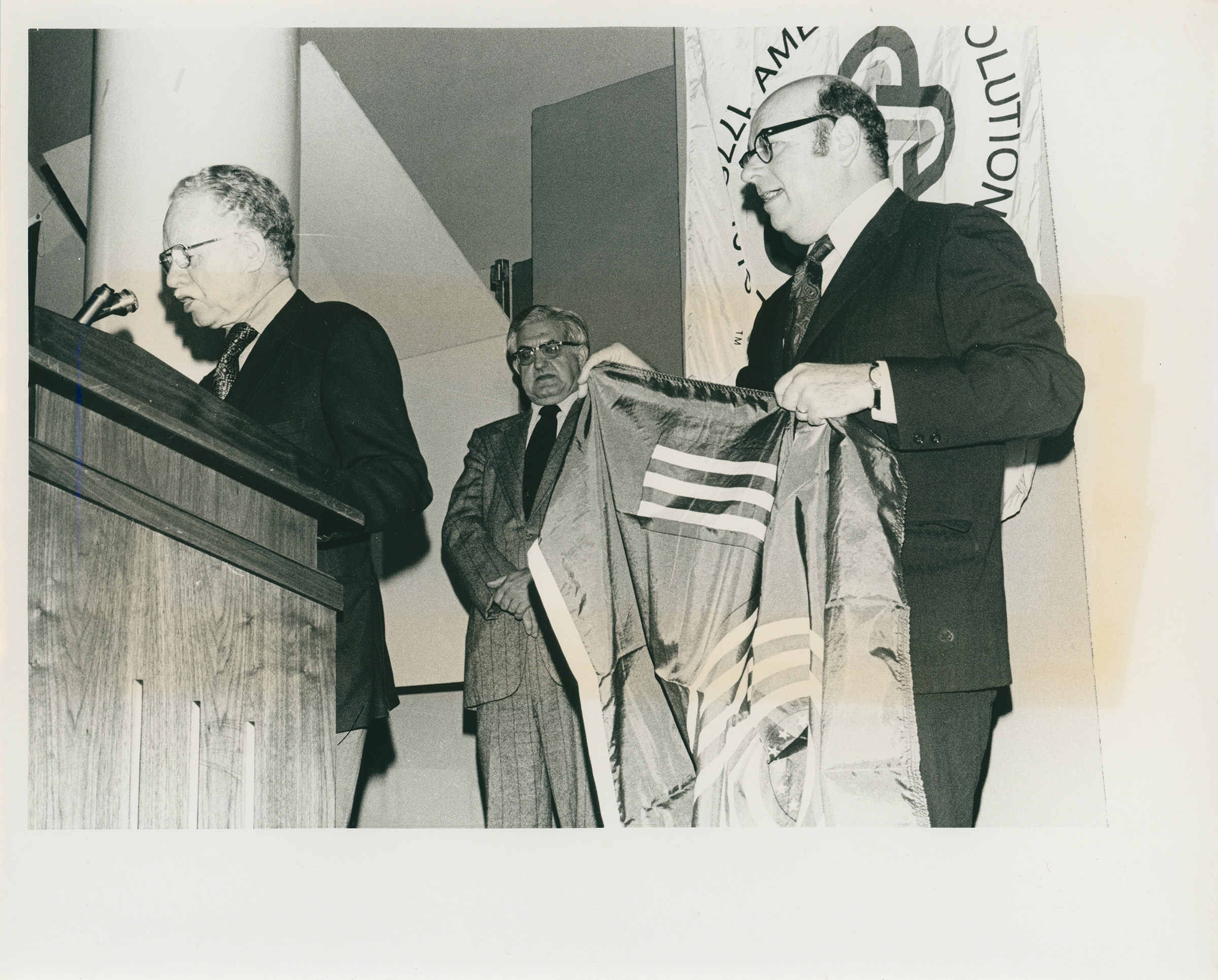

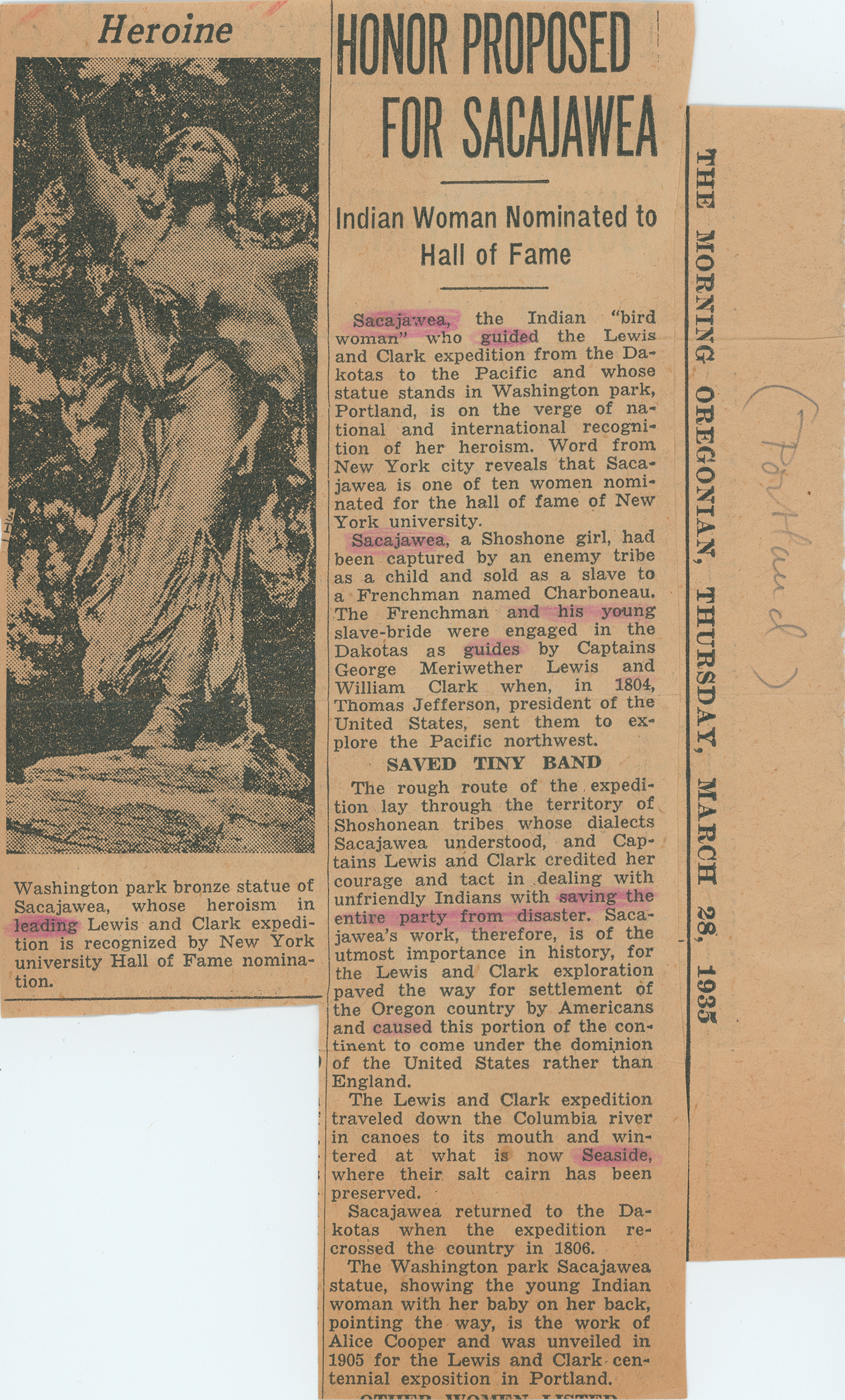
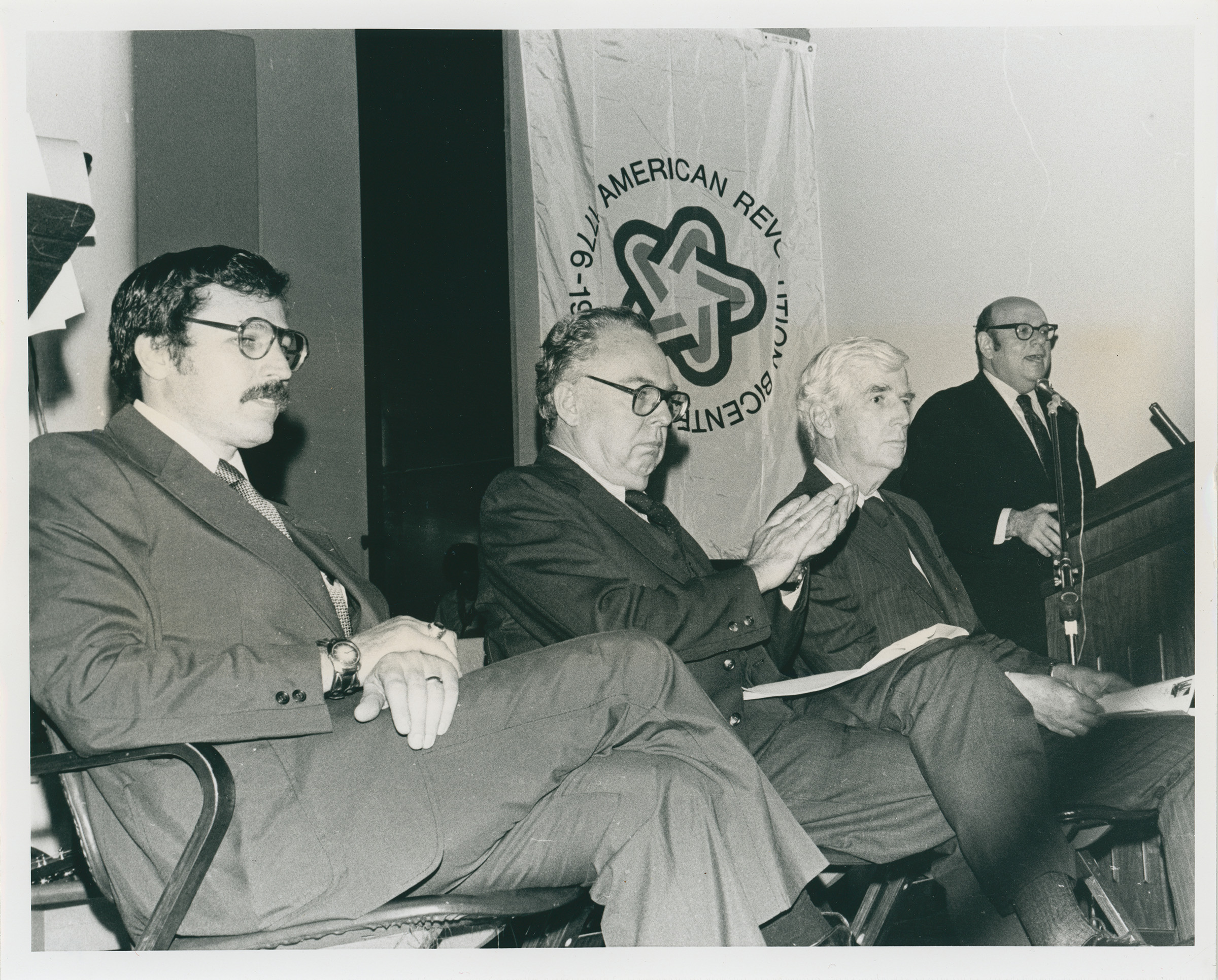

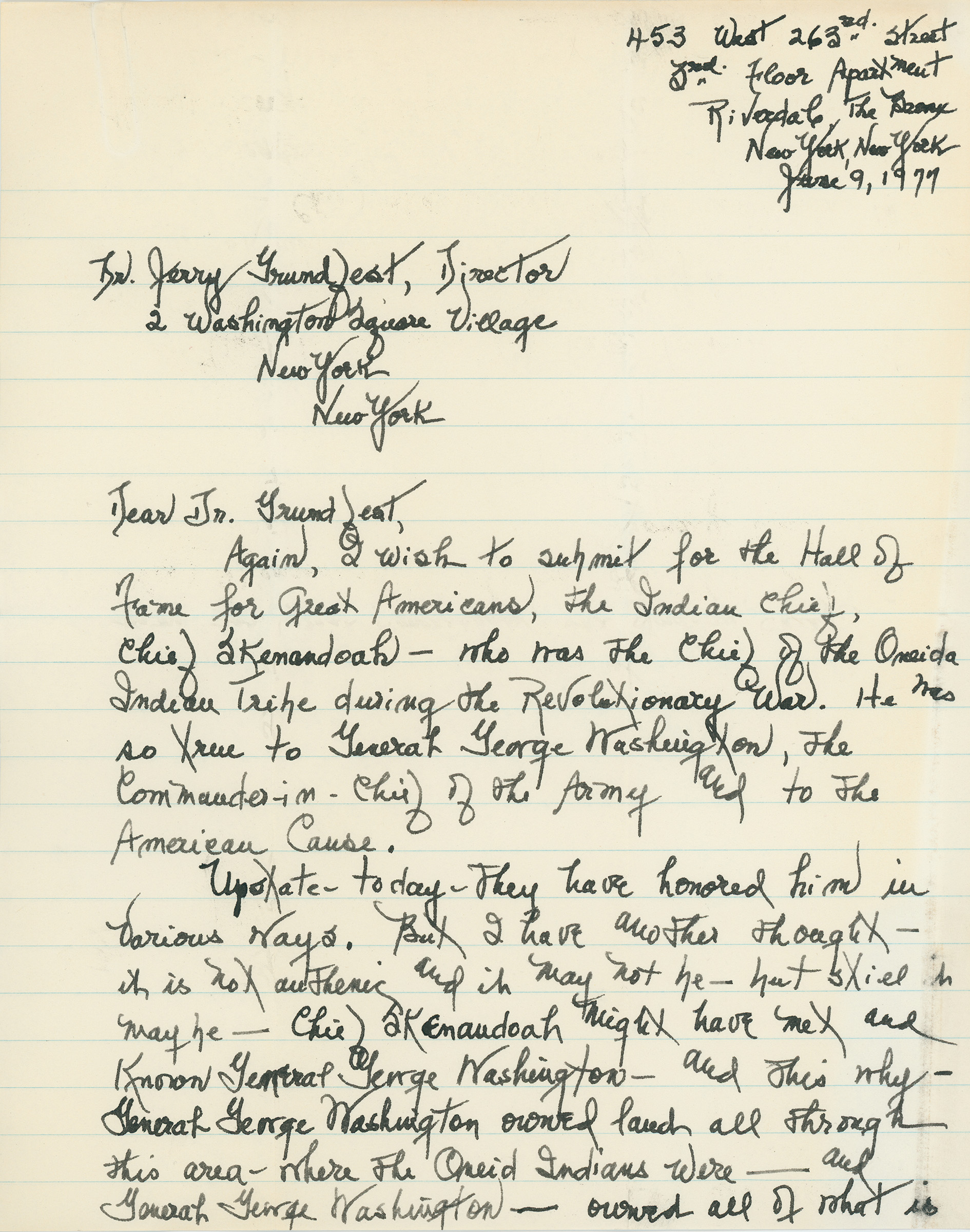
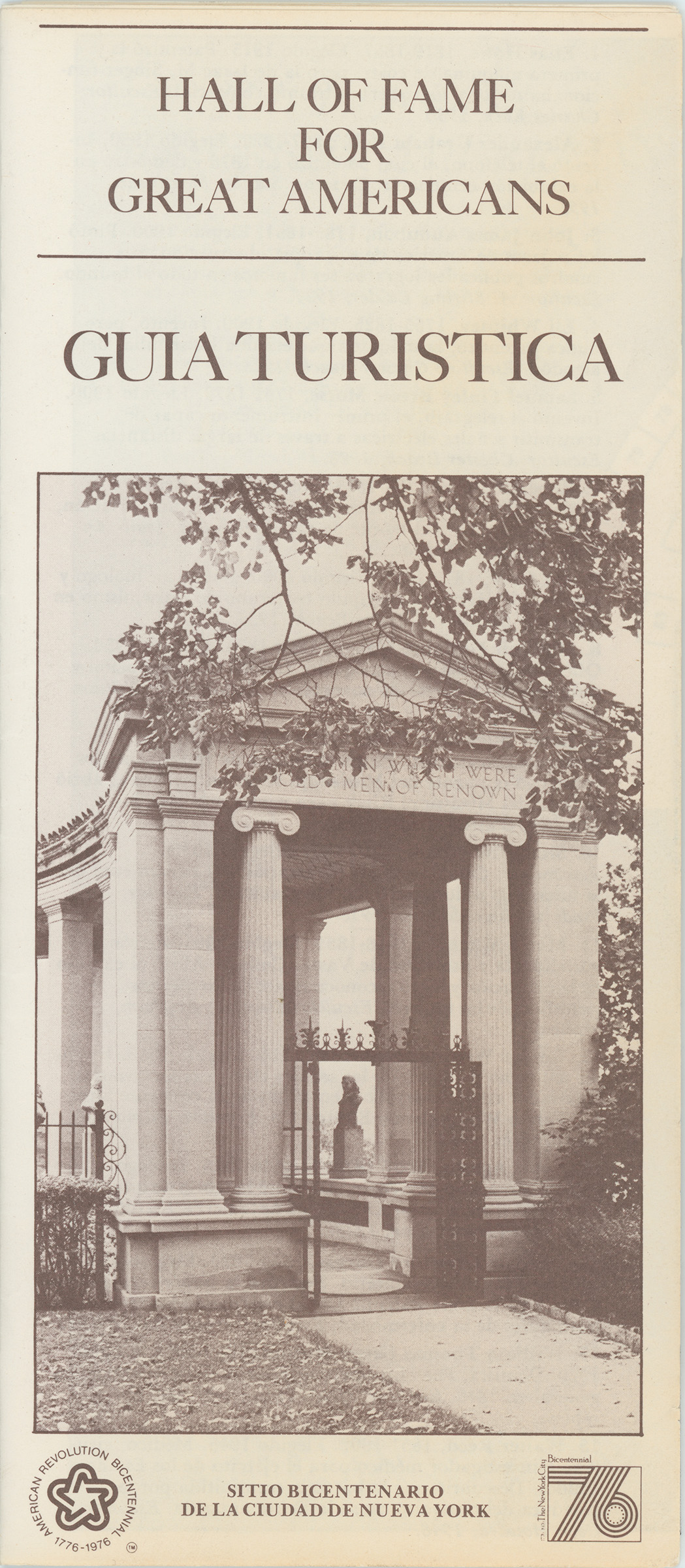
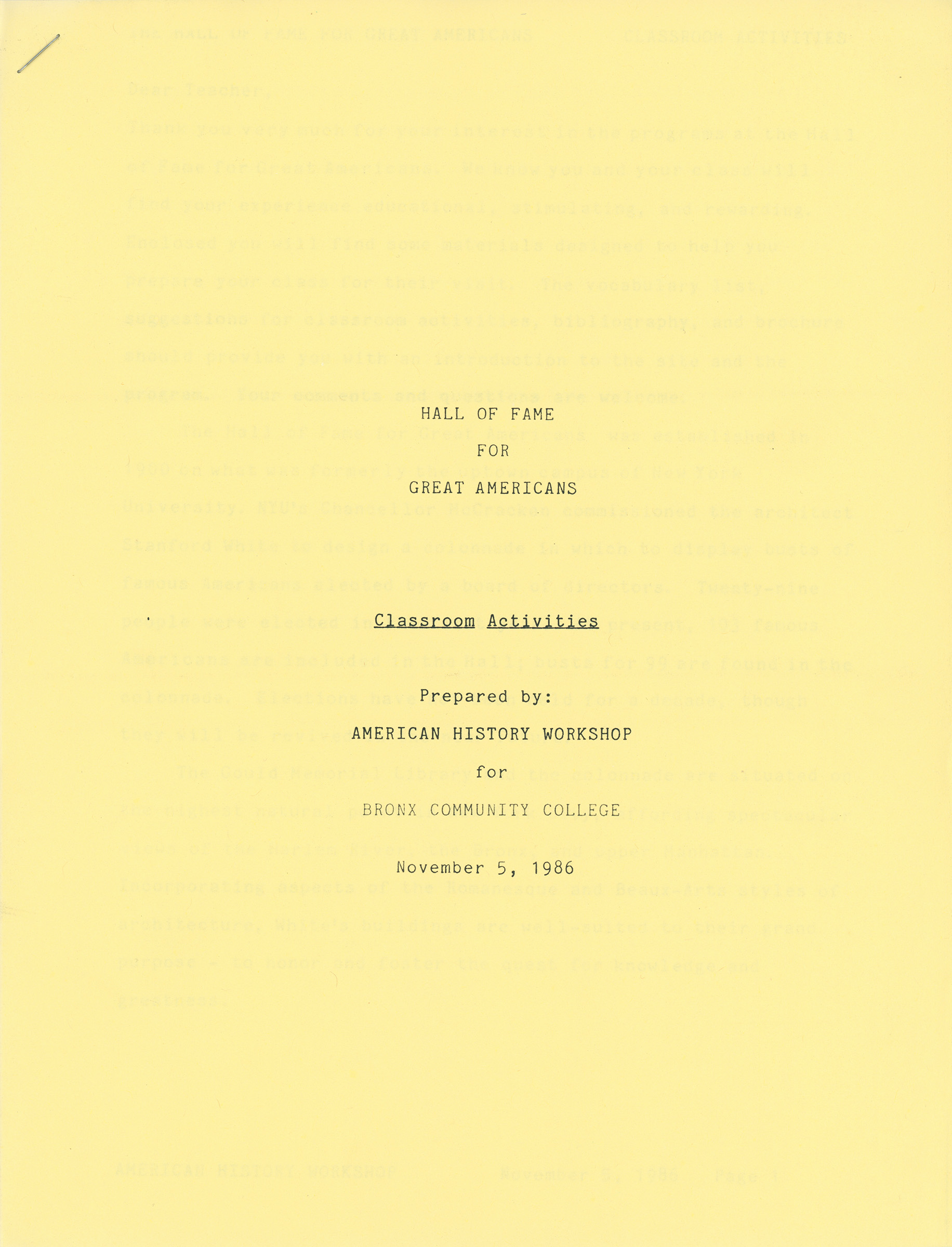



Recent Comments